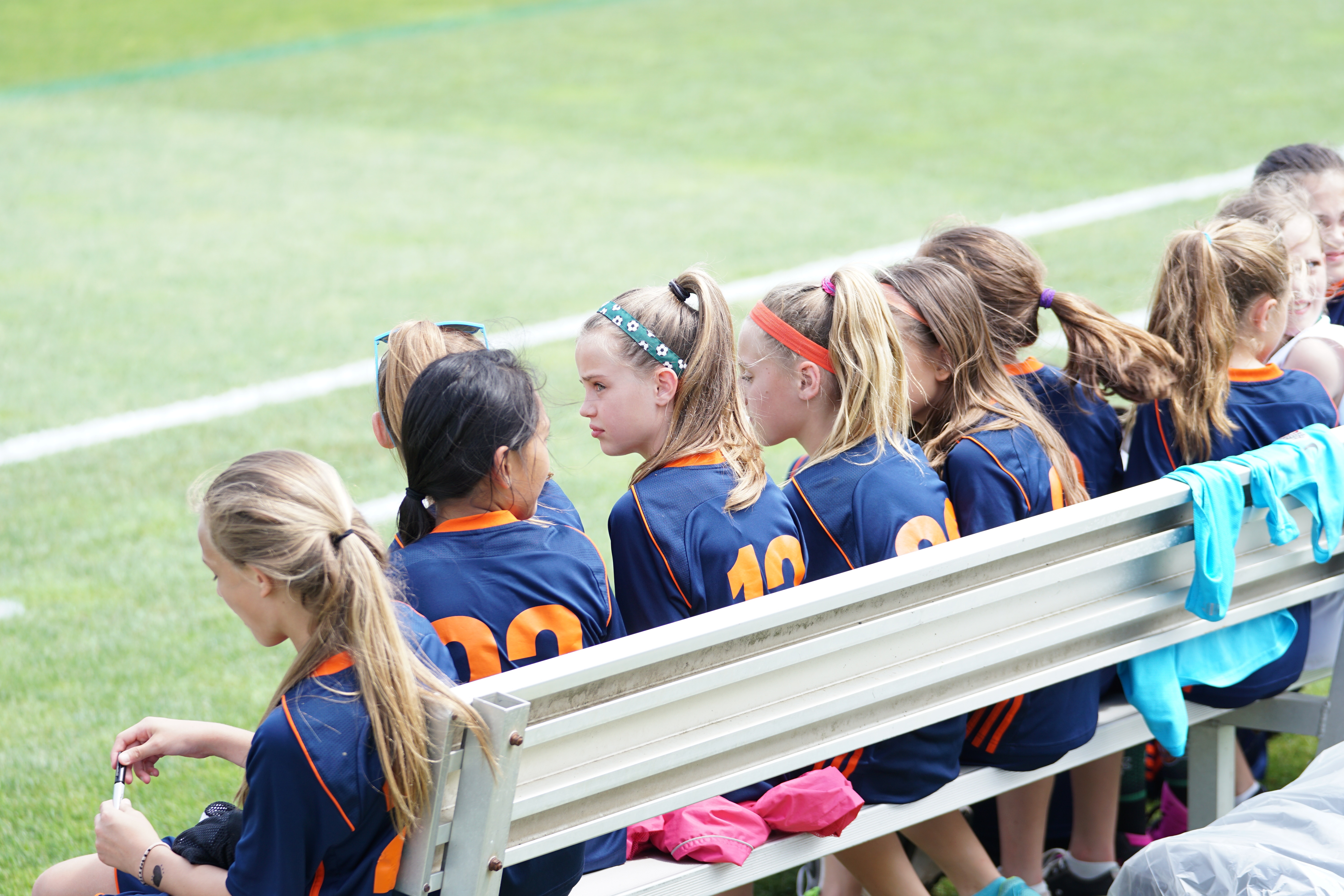How instilling an athlete-like mindset might benefit our students
Try to ignore tongue-twister title of the article and focus on the by-line. I could drum up dozens of quotes by great athletes that highlight the importance of failure for students. My favorite example is this from Michael Jordan:
“I’ve missed more than 9,000 shots in my career. I’ve lost almost 300 games. 26 times I’ve been trusted to take the game winning shot and missed. I’ve failed over and over and over again in my life. And that is why I succeed.”
This quote, like all the others, suggests repetitive failure as the path to success. That each time we try to accomplish a task there are two results: success or failure. If we succeed then we try to replicate that, but if we fail then we learn to get better. Either way, the best athletes reflect on their performance constantly. They make the necessary adjustments as a result of their failures and put themselves in a better position to succeed in the future. Every moment of their careers is dedicated to learning from the past and moving forward — an improved player.
With the abundance of “learn-from-failure” centered mantras we can print onto posters and attach to our walls, why does the word “failure” instill such dread in our students and what can we do about it? Here’s a list of suggestions on how teachers might learn from sports in order to motivate and encourage students to overcome adversity.
Go Student-Centered
There is already a push for education to go in this direction so I’m not breaking down any barriers here. One of the main goals of the student-centered classroom is for the teacher to take on a role of “facilitator”. In this analogy, we might refer to the teacher as a “coach”. What do coaches do? They manage personalities, exploit strengths, fortify weaknesses, and foster trust and collaboration. To emulate this, teachers could set goals the class can achieve as a group, and allow each student to fall into a role that naturally suits them. Make the goals difficult to achieve so they have a legitimate chance of failing, and then have them reflect, adjust, and try again.
Challenge Them
Students crave stimulation; another benefit of a student-centered classroom is it allows them to explore boundaries and stretch their capabilities. We can put them in challenging situations while still providing a safety net to allow them to fall. When athletes practice, a good coach crafts scenarios they would rarely encounter in a live game but are designed to stretch their players physically and mentally…but in practice the stakes are low. I strive to make students comfortable with answering a question wrong, as long as they’re equipped to learn from it. Consider the difference between a student saying, “I don’t know.” and “I don’t know but I think…” or even perhaps, “I don’t know but here’s how I will figure it out…”.
Understand the Brain
We all love the question, “When am I going to need this in the real world?”. Teachers might consider becoming well-versed in brain plasticity and spend time learning about how their specific subject helps mold a developing brain (many organizations offer PD in these areas). When an athlete does push-ups, they’re not training so they can go out on the field and do more push-ups. They’re strengthening a specific portion of a complex muscular system to facilitate overall performance. I explain to students that each concept they study or skill they learn is akin to a specific exercise meant to help them become better overall thinkers, even if they never again have to write a poem or use the Pythagorean Theorem. By extension, we can encourage cross-curricular activities analogous to “full body workouts” for the brain.
Encourage Meta-Cognition
“Practice makes perfect” is inadequate, according to the legendary Vince Lombardi. He is credited with the phrase, “Perfect practice makes perfect.” We can use the quote to describe meta-cognition, or “thinking about how we think”. A baseball infielder will likely improve some by fielding 200 ground balls per day by rote but may improve more if they consciously pay attention to each rep and make adjustments even through fielding half that many reps. I like to think my students understood that everything I asked them to do had a purpose. Let them in on your plans and make them believe everything they do has meaning, even if it seems trivial. Perhaps most importantly, I didn’t subscribe to “quantity over quality” when assigning work.
Teach Students how to Fail
Let’s finish this where we started…with failure. I wish we could take back the term and see it in the positive light it deserves. Studies have concluded that fear inhibits learning, and students appear to have a fear of failing. We can set them up to fail so they can see that the world does not come crumbling down around them. We might focus more on improvement rather than first attempt performance, try giving pre-assessments that are identical to culminating assessments so students can tangibly see the learning in-between, or give challenging assessments where a 60% might be the class average but allow them to re-take it or complete corrections. Since successful athletes keep telling us that failure helped them succeed, then perhaps we should bring that advice into our classrooms.
Christopher has a Master’s Degree in Education from the Rutgers University Graduate School of Education and taught science in New Jersey for 8 years and works for Quizalize.
